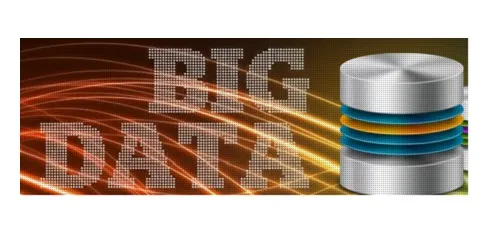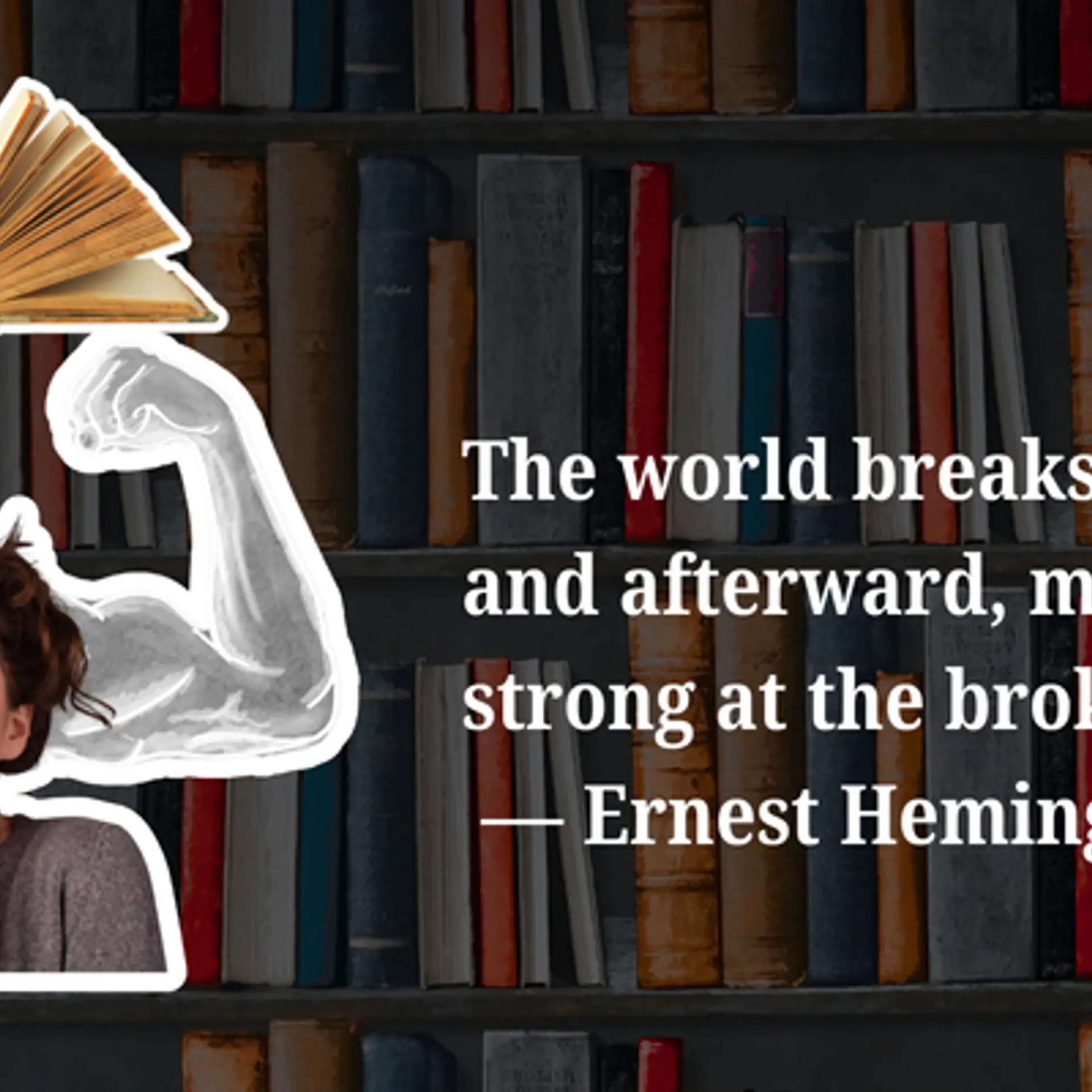The Chariots of Fire – Navigating the Power of Data Visualization

The most recent pictures in the media have been the poll results of the biggest democracy in the world. An analysis of this magnitude would never have been imaginable a few years ago.Data visualization has dynamically transformed the manner in which information is provided to viewers. It is not just the representation of raw data through visuals, charts and graphs – it is more than that. It is the connectedness between data and its readers. It is the visualization of data through its appropriate representation that the reader is looking for.
It is a common belief that data visualization is a relatively new concept in statistics; however it has deep roots. The earliest developments date back to around the 17th century with geometric diagrams and navigational maps. With the development in the field of statistics by the 19th century, statistical thinking began to be backed by the emergence of visual thinking – various graphic forms were invented to represent the trends and analysis of the numbers in visualization.
Towards the latter half of the 20th century, data visualization has transformed into a mature and multi-disciplinary subject area, with a number of software tools introduced for a wide range of visualization methods. The 1984 Super Bowl, a major US football tournament, can be considered a turning point for modern day data visualization. Steve Jobs introduced the Macintosh 128k at an Apple shareholders’ meeting, and a commercial was uniquely aired during the Super Bowl. The ad with the ‘Chariots of Fire’ theme song set a new standard and raised the bar. Just a glimpse of forward thinking by one of the great minds of our times.
Data visualization is the melting pot of analysis, analytics, statistics, mathematical modeling and artwork. Today, scientists and professionals are constantly doing a great amount of analysis from different domains to extract correct and accurate analysis. Such is the nature of the human mind that pictures are easier to interpret than columns of data, however ubiquitous. One of the issues today is not data analysis, but relaying these messages to a larger audience for which data visualization tools provide the necessary platform.
One of the pioneers in utilizing data visualization tools is TED sessions (Ted Talks). In his 2006 TED Talk session, ‘Stats that reshape your worldview,’ statistics guru Hans Rosling playfully made interactive representations of decades of data on child mortality, fertility rates, GDP and more. His session was designed using a colorful mix of scatterplots, motion charts, and confidence intervals. The value proposition of these sessions is to tell a story with data and capture the interest of the audience. The main point of differentiation is the usage of a variety of data visualization tools to narrate the heavily laden data story to a diverse audience.
Data visualization can also be seen in the vehicles that we drive through the use of dashboards. Today’s cars generate megabytes of data; most of which are not even used and may not be useful to the driver. Vehicle dashboards, however, are transforming to become closer to a ‘cockpit’. Equipped with sensors, cameras, mirrors and other technology, these dashboards can strike up data visualization, which informs the driver of the car’s health and driver’s performance. There are even dashboards which present real-time information on the windshield.
Data visualization has also transformed the arena of marketing. Predictive analytics have gained a strong foothold in predicting the consumer behavior and trends. Personal data extract from social media platforms need not be necessarily analyzed using spreadsheets, but by visualization software tools.
From the 17th century to now, the visualization of data has been through a remarkable journey and transformation. Where do we go from here? The more predictive analytics is getting into the DNA of the organizational culture, the more the need is felt in the usage of fuzzy logic and artificial intelligence. In today’s scenario, data is a single entity, like an electron. Imagine if each has intelligence, the system of the molecular structure will become excessively complex and the data generated may fall short of current computing resources. Such visualizaton, if made possible, could bring amazing results, adding immensely to our convenience.
Future embodiment of fuzzy logic and artificial intelligence into the predictive analysis model will usher a new horizon, which may be hard to envisage today, but could be a reality in the not too distant future.
About the author:
- Mr. Asoke K Laha, President and Managing Director, InterraIT







